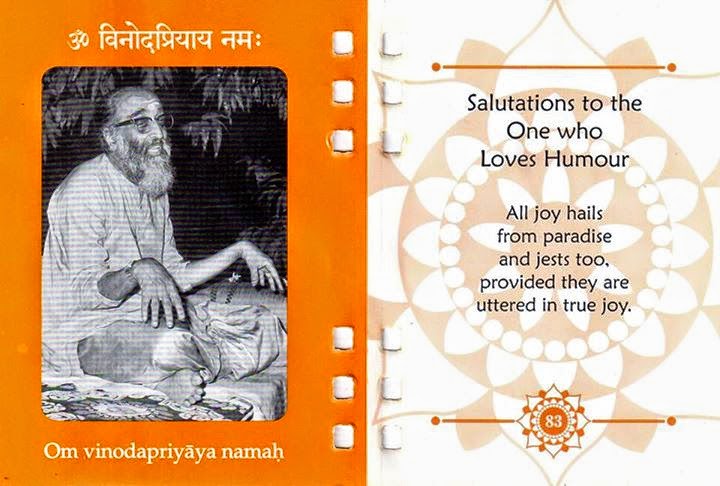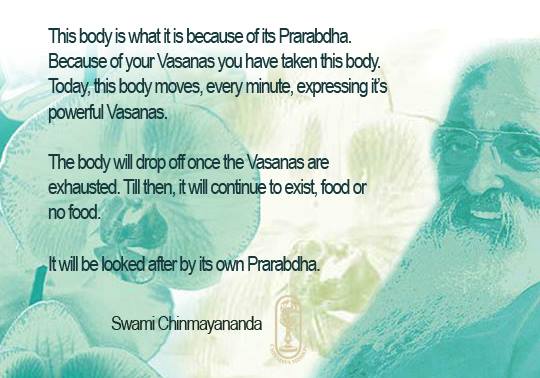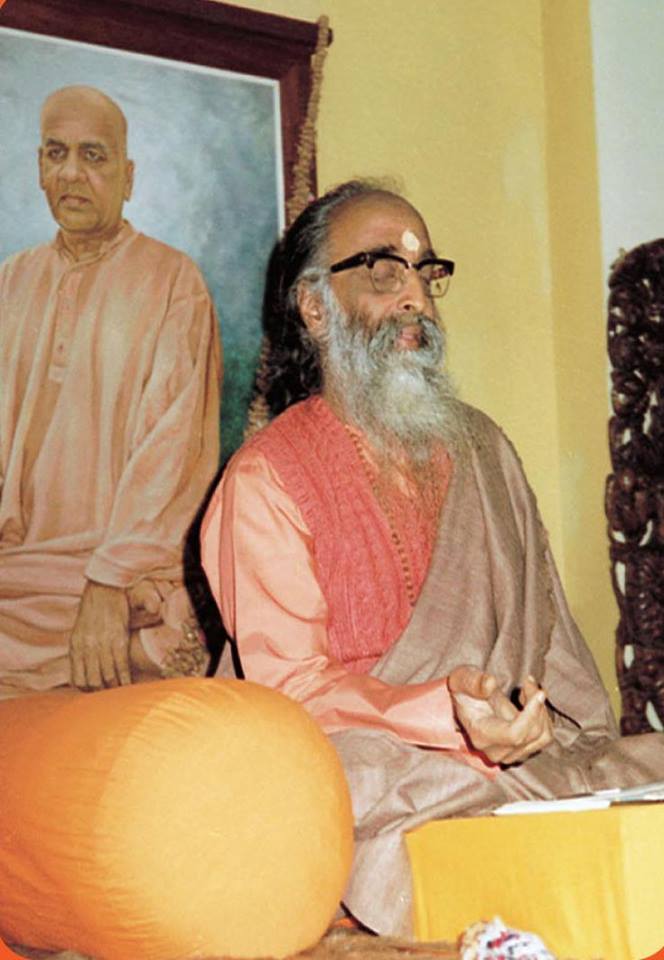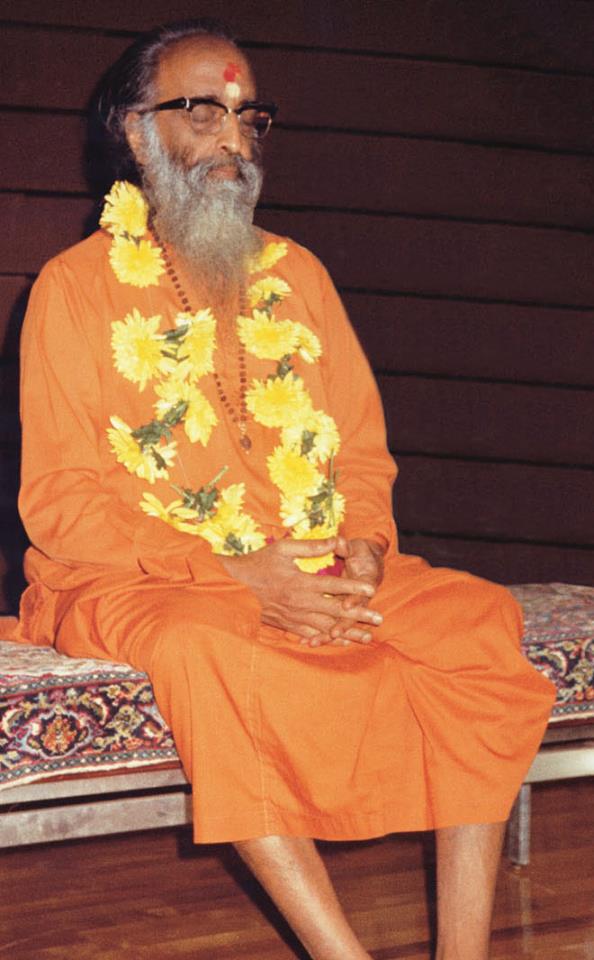MUNDAKOPANISHAD : CHAPTER-3. SECTION-2. Mantram-10. { Instructions on transfer of this Supreme Wisdom}.

MUNDAKOPANISHAD CHAPTER-3. SECTION-2. Mantram-10. { Instructions on transfer of this Supreme Wisdom}. Discussion -13. "wrong interpretations ... continuity of discussion -12 " Too literal a translation has brought about such fantastic interpretations, ridiculous and laughable, not only into 'Hinduism' but into almost all the religious literature of the world today. A true and discriminate understanding of the expression could never be that one should learn, and of all things the most difficult Science of Sciences, the Brahma-Vidya, with a pot of fire on one's head!! This prescription can be given out only by an illiterate, who knows, not what it is to learn and master a Science. Next : Discussion-14. "an intellect that is on - fire" ..... To be continued ...























